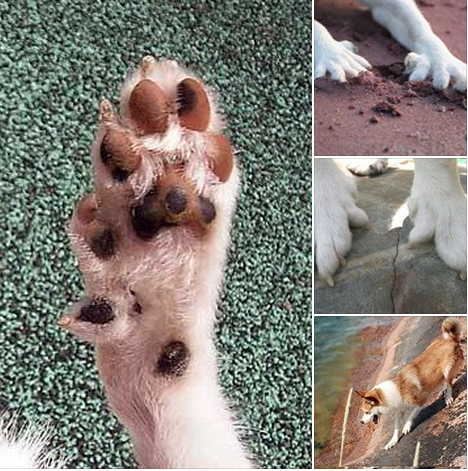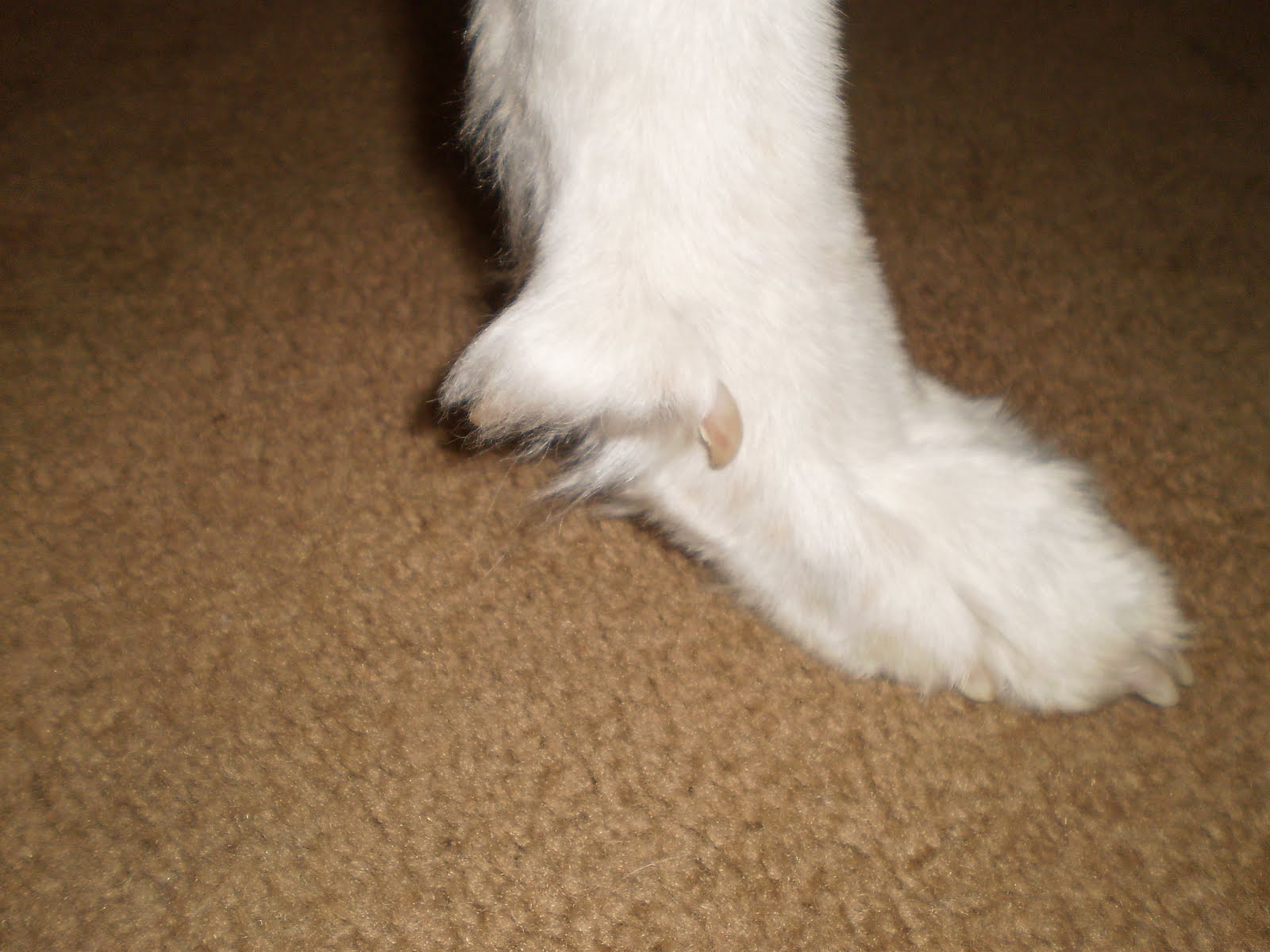
Q: How often should I trim my dog's rear dew claws?Ī: The frequency of trimming rear dew claws depends on the individual dog's nail growth. Q: Should I have my dog's rear dew claws removed?Ī: The decision to remove rear dew claws is a personal one and should be discussed with a veterinarian. Q: Can rear dew claws cause pain to dogs?Ī: Rear dew claws are generally harmless, but they can cause pain if they get snagged or injured. Frequently Asked Questions Q: Are rear dew claws common in all dog breeds?Ī: No, rear dew claws are more common in certain dog breeds, such as the Great Pyrenees and Beauceron. However, it's important to note that dew claw removal is a controversial topic, and opinions among veterinarians and dog owners vary. This procedure, known as dew claw removal, is typically done when the dog is still a puppy. In some cases, dog owners may opt to have the rear dew claws removed. Cleaning: Clean the area around the rear dew claws regularly to remove any debris or dirt.Nail trimming: Keep the nails of the rear dew claws trimmed to a safe length to avoid snagging or ingrown nails.Regular inspection: Check your dog's rear dew claws regularly for any signs of injury, infection, or overgrowth.Here are some tips for caring for rear dew claws: If your dog has rear dew claws, it's essential to provide proper care to prevent any potential issues. Ingrown nails: Rear dew claws may be prone to ingrown nails, which can be uncomfortable and require veterinary attention.Infections: If debris or dirt gets trapped between the rear dew claw and the leg, it can cause infections.Snagging and tearing: Rear dew claws can get caught on objects or vegetation, leading to painful injuries or torn nails.Some potential issues associated with rear dew claws include: While rear dew claws are generally harmless, they can sometimes cause problems for dogs. The presence of rear dew claws can vary even within the same litter. It's important to note that not all individuals within these breeds will have rear dew claws. Some dog breeds that commonly have rear dew claws include: In fact, it is more common to find them in certain breeds than others. While some believe that rear dew claws serve no purpose and are remnants of evolutionary history, others argue that they may have had a function in the past, such as providing additional grip or stability during certain activities. The purpose of rear dew claws in dog breeds is still a topic of debate among experts. They are often smaller and less functional than the front dew claws. Unlike the regular front dew claws, which are attached to the front legs, rear dew claws are not directly connected to the bone structure. Rear dew claws, also known as hind dew claws, are extra digits found on the inside of a dog's hind legs, just above the paws.


If you're a dog owner or considering getting a furry friend, you may have come across the term 'rear dew claws.' But what exactly are rear dew claws, and why do some dog breeds have them? In this comprehensive guide, we'll explore everything you need to know about rear dew claws in dog breeds. Rear Dew Claws in Dog Breeds: What You Need to Know


 0 kommentar(er)
0 kommentar(er)
